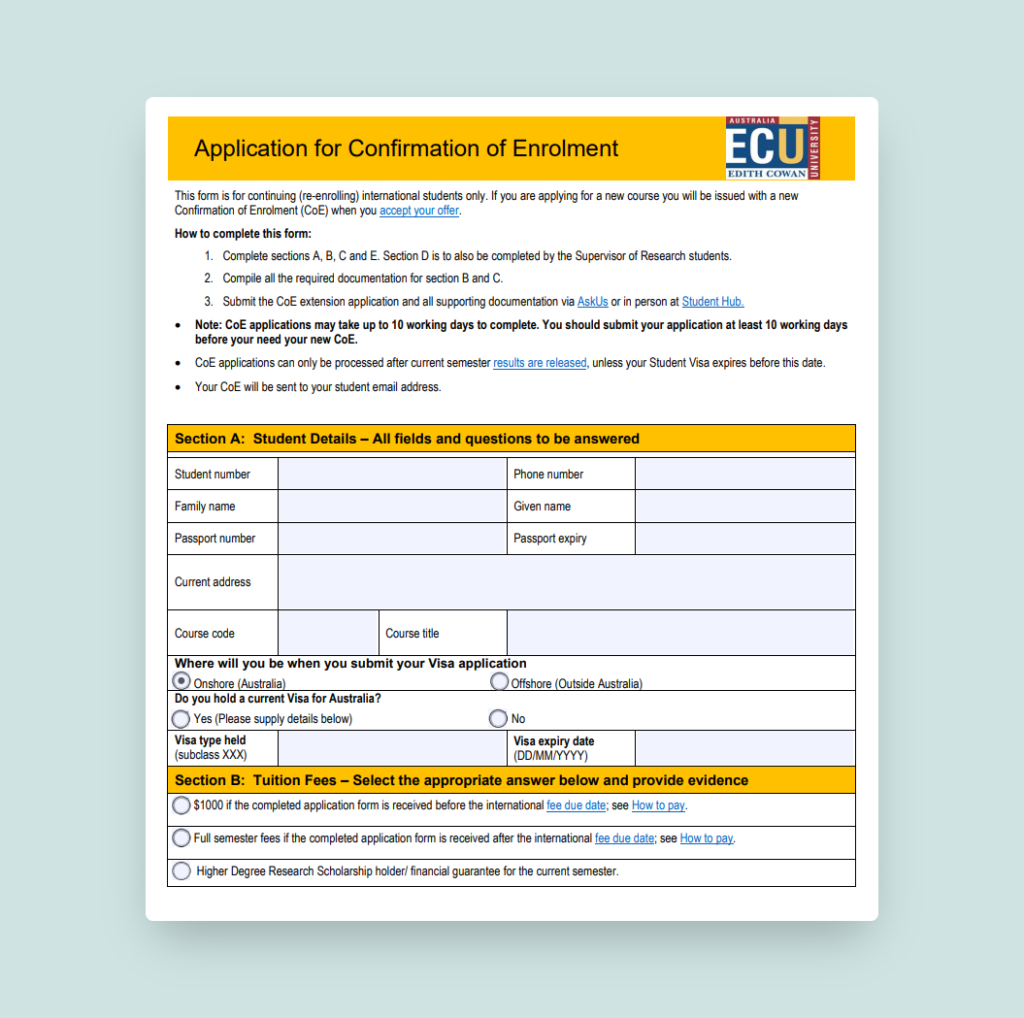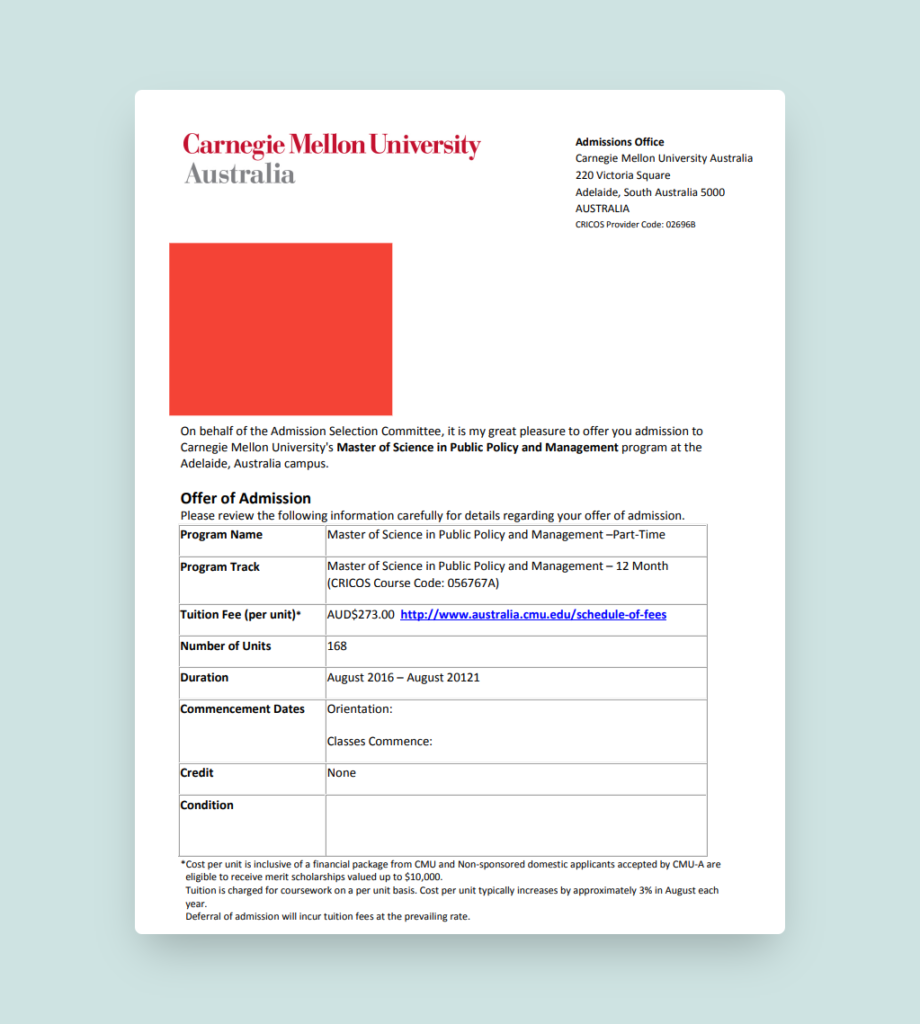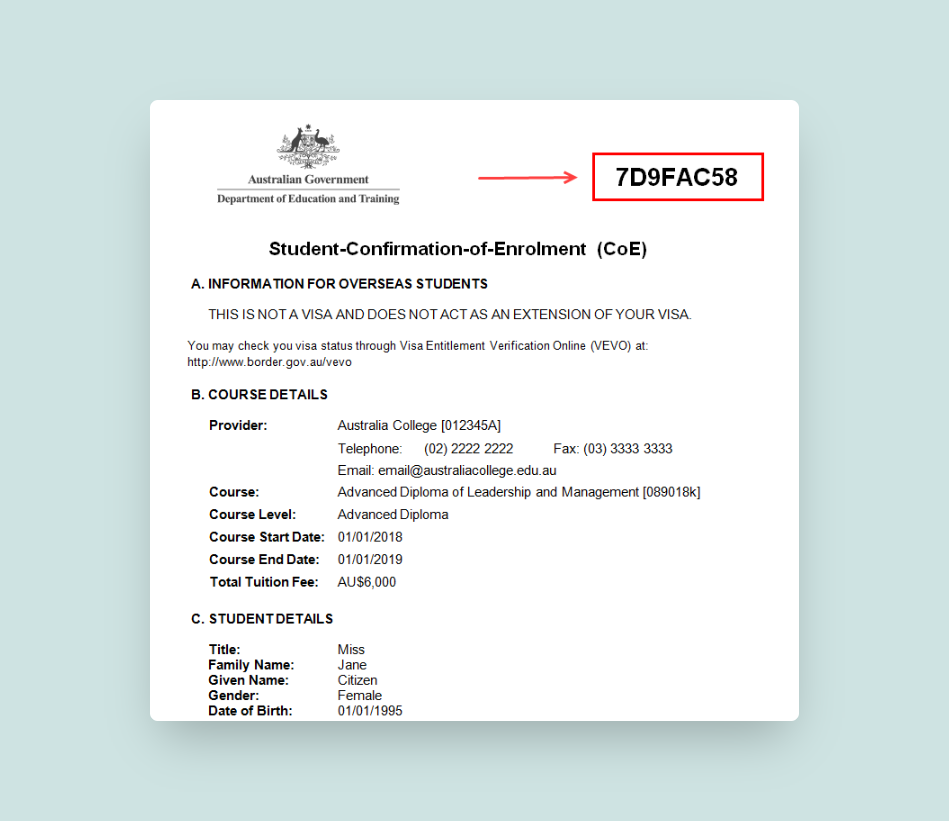Difference between Application Form, Offer Letter and Confirmation of Enrolment (COE) in Australia

When you’re planning to enroll in any course in Australia, you’ll need three documents, which include:
- Application form
- Letter of Offer
- Confirmation of Enrollment.
In this article, we’re going to be discussing the difference between Application Form, Offer Letter and Confirmation of Enrolment (COE), the purpose of each one of them, and the process involved in using these three documents.
So let’s kick it off.
What’s An Application Form?
This is the first document you’re required to complete when you’re planning to apply for any course in Australia.
You can find this document on the website of the institute or university that you’re planning to study at.
You can either complete these documents by yourself or get help in completing them through an education agent.
What’s included in the Application Form?
This application form varies according to the different schools or universities‘ policies and procedures, but most of them will ask you similar kinds of questions in the application form.
Some of the things you need to complete in the application form include:
1. Personal Information
Personal information includes your name, date of birth, passport details and some other personal details.
2. Contact Details
They may ask you for your address in your home country, your email address, and your phone number.
3. Academic Background
This includes any of your previous qualifications and what you have studied so far.
4. Your Course Selection
The course you would like to study at that particular institute or university.
5. Visa Details (if applicable)
If you are renewing your visa and applying for a course from Australia, then they may ask you about your visa details.
6. Student’s Statement
This is your acceptance of the terms and conditions of the university or institute that you’re applying to.
They may require more information in the application form. And they might also have a different kind of format, depending on the school, university, or institute that you’re applying to.
Here is a sample of the application form from one of the Australian institution:

What Documents Do You Need To Submit Alongside The Application Form?
You will be required to submit the following documents along with the application form to get your offer letter:
- Passport
- Academic evidence like your certificates, marksheet etc.
- Proof of English Level Proficiency (IELTS, PTE or other English test results)
Depending on the institute or university you’re applying to, they may ask you for additional documents as well.
Once you’ve completed this application form and sent it to the institute or university you’re applying to, they’ll review and access your application, and that’s where the second document comes in, the letter of offer.
What’s a Offer Letter or Letter of Offer?
If the university or institute you’re applying to is satisfied with your application, they’ll issue you a document called a “Letter of Offer”, which means you’ve met the entry requirements of that institution and that specific course and have been formally offered a place to study.
A letter of offer can be an Unconditional, Conditional, or Package offer.
1. Unconditional Letter
This means that there are no conditions that you need to meet to apply for this course.
2. Conditional Letter
This means you’ve been granted a place in that specific institution and for the specific course, but you’ll need to meet the conditions as stated in your offer letter. So you need to make sure you meet them before signing your letter of offer.
3. Package Offer Letter
If you’ve applied for more than one program or qualification in the institute, or you’re required to complete an English Language program before starting your actual course, that’s when you get a package offer letter. So, it’s a package or combo of two or more courses.
What’s Included In The Letter of Offer?
- Name of the course that you’ve been accepted into.
- Duration of the course
- Start and end dates of the course
- Fees you need to pay for the course
- Total deposit fee
- Overseas Student Health Cover (OSHC) Fee
Once you’ve received the Letter of Offer, make sure you read the terms and conditions carefully as it usually has information regarding suspension, academic misconduct, and many other policies and processes that you should be mindful of.
If you’re happy with the terms and conditions, then you’ll sign the Letter of Offer and send it back to the university or institute you’re applying to.
You also need to pay your deposit fee as well. You can pay by credit card or telegraphic transfer.
And once the institute has received the payment, they’ll issue you a Confirmation of Enrollment (COE) or eCOE, which stands for Electronic Confirmation of Enrollment.

What is Confirmation of Enrolment (COE) or eCOE?
A Confirmation of Enrolment (COE) is an official document issued by your school or university.
COE is proof that you have a place secured in a registered Australian education institution.
You’ll need this document when applying for your student visa, your Overseas Student Health Cover (OSHC), and some other administrative purposes.
Each COE will have a unique code (highlighted in red below)
You will receive confirmation of enrolment via email or through your education agent.
What’s Included In COE?
The following information is usually included in a COE:
- Name of the course you’re studying
- Duration of the course
- Start and end dates of the course
- Total amount paid as a deposit
- The total fee amount left to be paid
It’s important that you’ve a valid COE for the entire time you’re going to stay with your student visa in Australia.
How Long Does it Take to Get a COE (Confirmation of Enrolment)?
It depends on the institute, but usually it takes a few days to a couple of weeks to get a COE after your acceptance of the payment agreement and offer letter.

And that’s how the whole process works with these documents.
If you would like to know how you can apply to study in Australia in a step-by-step guide, then check out our YouTube video. https://youtu.be/uQld8cqc7mQ


